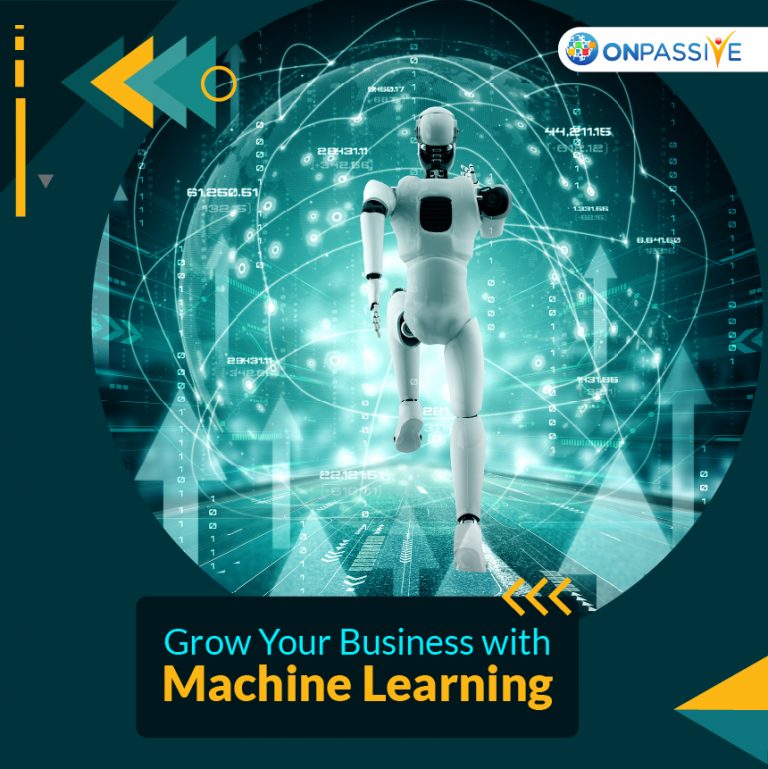
While most organizations are simply getting their feet wet in the ML space, many are now reaping the benefits. The technology is moving ahead quickly. Getting left behind is a significant concern for the early adopters and a driver for quick followers.
Remaining competitive in a quickly moving, developing technology is already a challenge. With machine learning, that’s compounded by specialized and technical intricacy, a talent shortage, and a continually changing landscape of open-source products.
Machine learning may appear to be an out thing of a sci-fi film, yet it is rapidly turning into a primary impetus for many new products and organizations. There are various approaches to apply machine learning to almost any business, and doing so can make a competitive advantage.
Organizations are planning to use ML to gain a more prominent competitive advantage. Rather than getting left behind in this progressive change,
Here are a few ways any organization can be more competitive with the assistance of machine learning.
More profound and Faster Data Analysis
What’s to come is driven by data, and ML makes it conceivable to access and analyze more significant amounts of data faster than at any other time. Organizations can utilize this to figure out through all kinds of data about their products and clients to discover approaches to improve their core businesses.
ML and intelligent algorithms can control much information quicker than humans can on anything ranging from research and development reports to customer loyalty and satisfaction surveys. It means organizations utilizing machine learning get those data insights a lot quicker and apply them to their technique before the competition. Data analysis can foresee the best customer references from a database or discover potential money-saving areas in the spending plan.
Tagging
The vast majority of the content created internally and externally by associations is currently tagged to make it simpler to search in the future, particularly with all-flash storage. Tagging can likewise prompt increased Search Engine Optimization, making the data easier to find online and boost an organization’s credibility. Compelling tagging can require significant time and can require a comprehension of the market.
Notwithstanding, ML can consequently tag content, saving time and increasing efficiency and productivity. Machines can even adjust and change the tags dependent on current market patterns for considerable scope. Internally, tags on documents or tasks can increase budgeting, set aside time and cash, and permit organizations to reallocate their human employees to serve the organization better.
Better Client Understanding
Another way many organizations are using ML is to comprehend and contact customers more readily. In the present connected world, there are various ways customers can communicate with organizations. Indeed, it can give a practically overwhelming amount of data identified with customer trends, preferences, and patterns.
ML can figure out the data to give an exact and ever-changing picture of an organization’s clients, all while estimating public opinion and how the brand is seen on channels like online social media. Having a superior comprehension of customers permits organizations to change their methodologies to address customer issues, do marketing and promote campaigns that resonate, and speak with customers through the best channels, besides other things.
If an organization uses machine learning to reach their clients better, they will have a colossal benefit over a competitor that doesn’t have as accurate or updated data.
Improved Search
It ought to be no surprise that search engines like Google are on the ML front line since they depend on fast and accurate search results to fabricate their business. The guidelines can be applied to any organization that gives search results, from a logical and scientific database to a site selling products.
Clients need to have the option to figure out the choices and find what they need rapidly and precisely. On the off chance that a site has an inadequate search function, customers are probably going to leave it behind and try a competitor that can give precise outcomes.
ML assists organizations realize which search keywords are the most significant. ML can adapt to various data sets and kinds of customers to give the specific outcomes individuals need, making the total customer experience substantially more helpful and enjoyable.
Conclusion:
ML permits businesses to expect and preemptively fulfill customer needs, increment the proficiency of inventory frameworks, and decrease errors and manual work while managing with Big Data. In functional terms, this implies advanced and progressed business intelligence, increased KPIs (both for your employees and your business), better ROI, and improved income.
ML is an incredible tool that many organizations are now exploiting. With its adaptability, flexibility, and brisk processing times, the innovation can be applied to various areas to give organizations a competitive advantage of speed, knowledge, or technique. The most successful organizations of the future will probably depend on machine learning to gain an extra edge over the competition.


